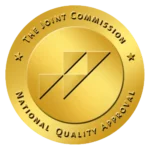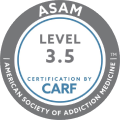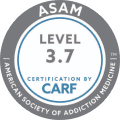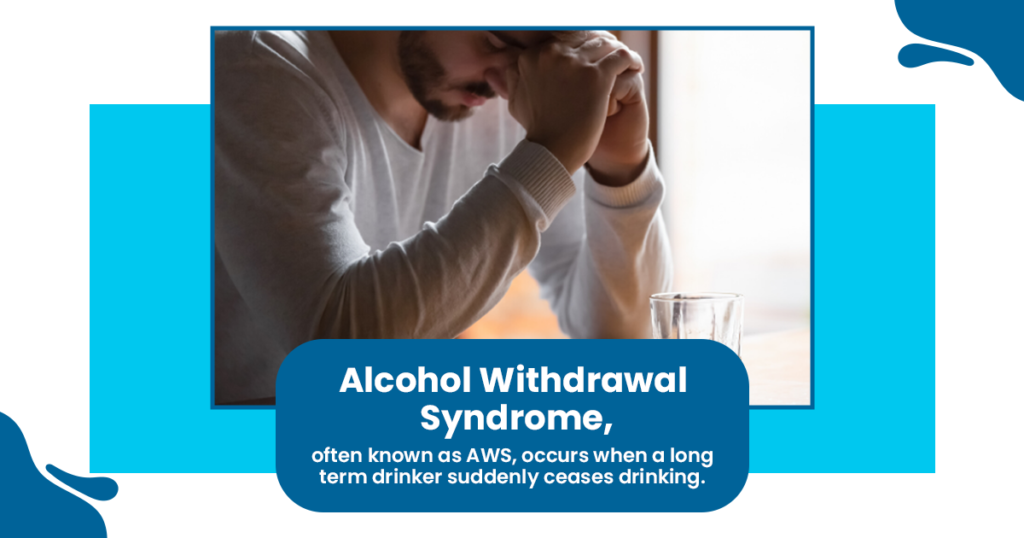
In the United States, around 14.4 million adults suffer from alcohol use disorder (AUD), a chronic condition that impairs your ability to control or stop drinking. When a person consistently consumes a large amount of alcohol, their brain chemistry alters over time in an attempt to counteract the sedative effects of alcohol.
Since alcohol is a central nervous system depressant, your brain works harder to stay awake and compensate for the effects of alcohol. When you suddenly quit drinking, your brain can become overstimulated since it remains in a state of alertness, and you may experience physical or mental health symptoms. It is called alcohol withdrawal, also known as alcohol withdrawal syndrome (AWS).
Alcohol Withdrawal Timeline
The National Dietary Guidelines recommend no more than two drinks per day for men and one drink per day for women. Consuming more than this amount of alcohol raises the risk of liver disease, cardiovascular disease, and other health conditions. However, even the prescribed level of alcohol use may increase the risk of physiological dependency.
Alcohol Withdrawal Syndrome, often known as AWS, occurs when a long-term drinker suddenly ceases drinking. Symptoms of alcohol withdrawal can range from mild to severe. The withdrawal process is sometimes misunderstood since alcohol is a legal and socially acceptable drug of choice for many Americans.
AWS results in various symptoms that follow a general timetable. The intensity of these symptoms might vary between 6 and 24 hours after the last drink.
6 to 12 Hours After the Last Drink
During the first six to twelve hours of alcohol withdrawal, symptoms manifest. Due to the severity of the symptoms, many wrongly believe that the 6-12 hour period is the most dangerous, but it is the 24-48 hour phase. Below are symptoms that may be experienced during this time.
Cravings
During the early phase of alcohol withdrawal, the mind and body of the individual are out of whack. A person will experience nausea, discomfort, pain, and other distressing feelings that might cause anxiety.
Anxiety
After alcohol is washed out of the system, the body begins to overheat. The purpose of sweating is to protect and cool the organs. It is normal to sweat through your bedsheets; thus, maintaining a high fluid level is crucial for the doctors monitoring the process.
Sweating
When the brain begins to run in overdrive without the depressive effects of alcohol to offset this hyperactivity, the brain has difficulties functioning regularly, causing nerve cell activity to malfunction, resulting in tremors and shaking.
Insomnia
Alcohol does change the sleeping patterns of the addict. In this phase of alcohol withdrawal, the mind may desire sleep yet be unable to do so due to restlessness or other symptoms.
Nausea/Diarrhea/Vomiting
Extreme drinking changes the intestinal walls and the quantity of stomach acid produced by the body. As a result, nausea is relatively common during this phase of alcohol withdrawal.
Shakes
Alcohol is an addictive drug. Therefore, when a person with alcohol use disorder (AUD) does not have alcohol, they crave it. Unfortunately, cravings are severe at this time since the individual knows that drinking would alleviate all withdrawal symptoms.
12 to 24 Hours After the Last Drink
During 12 to 24 hours of alcohol withdrawal, the individual may experience a continuation of previous and new symptoms. Symptoms include:
Dehydration
At this point in the alcohol withdrawal timeline, dehydration sets in due to bathroom trips and sweating. A benefit of an inpatient detox program is having medical professionals supervise the level of care and ensure that the individual receives sufficient fluids.
Hallucinations
The combination of low blood sugar and increased dopamine release often leads to hallucinations. Although they can be highly confusing or distressing, hallucinations are rarely life-threatening.
Malnutrition
As the body experiences all of these unpleasant sensations, food is the last thing on a person’s mind. A person experiencing nausea should not be surprised to lose their appetite.
24 to 48 Hours After the Last Drink
This is the most dangerous phase of alcohol withdrawal. At this stage, the body of the alcoholic is in full panic mode and might have extreme reactions to the absence of alcohol. Symptoms include:
Irritability
At this stage in the alcohol withdrawal timeline, mood swings are common. The person feels worried and uncomfortable, and their body and brain feel as though they are out of control. Any semblance of patience or self-control they may have possessed in the past had already faded, if not entirely.
Low Blood Sugar Levels
Typically, alcoholism results in alcoholic liver cirrhosis and alcoholic hepatitis. When the liver stops operating correctly, it stops releasing glucose into the bloodstream. Hypoglycemia is expected during this phase of alcohol withdrawal, resulting in fatigue and weakness.
Grand Mal Seizures
Four out of every hundred persons will develop grand mal seizures within two days after quitting drinking. The alcohol withdrawal seizures result from a lack of sleep, water, and nutrients. For others, these seizures may be a precursor to Delirium Tremens, a much more severe and dangerous symptom of alcohol withdrawal.
Delirium Tremens
Delirium Tremens, a potentially fatal aspect of alcohol withdrawals, is a quick onset of extreme confusion followed by sweating, shivering, seizures, hyperthermia, hallucinations, and sometimes death. During this phase of the alcohol withdrawal timeline, the brain malfunctions and sends out false signals resulting from a biochemical decline.
48 to 168 Hours After the Last Drink
At this point in the alcohol withdrawal timeline, most physical symptoms have softened if not completely disappeared. Most of these are replaced by mental distress and feelings such as worry, depression, perplexity, restlessness, and anger.
The patients learn to express and control these emotions and relapse-prevention coping skills in treatment. PAWS (Post-Acute Withdrawal Syndrome) refers to the potentially challenging and life-altering long-term side effects of alcohol consumption.
Symptoms may last for years after withdrawal and early detoxification. Therefore, it is strongly advised to continue treatment after the initial medical detox.
These symptoms include:
- Irritability
- Chronic pain
- Insomnia
- Fatigue
- Hostility
- Mood swings
- Low levels of energy
- Lack of sex drive
- Anxiety & Depression
- Inability to focus
These mostly psychological effects have been reported to last for months or years after stopping binge drinking. They tend to “come and go” in waves or episodes and might be triggered by specific situations, memories, smells, and people.
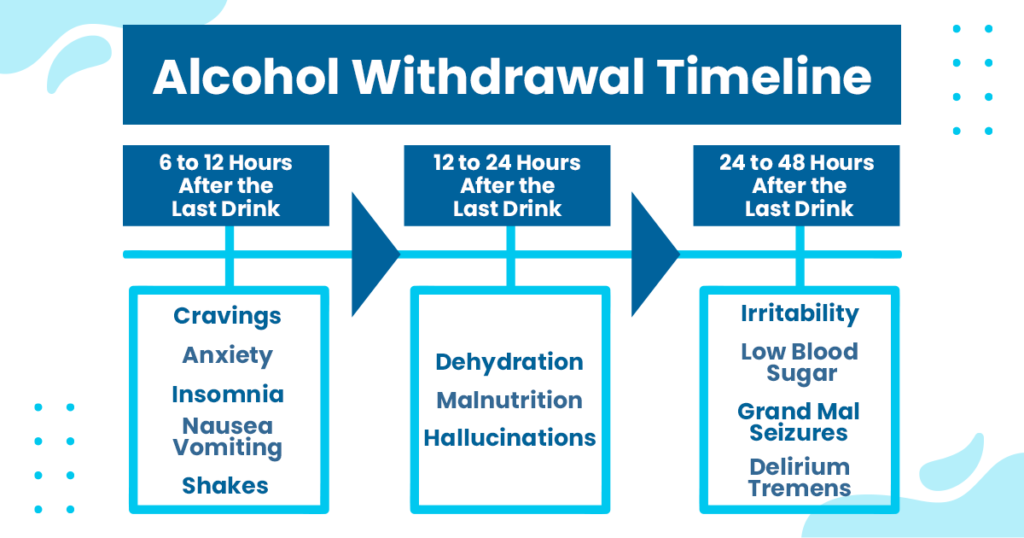
Frequently Asked Questions (FAQs)
How long after you quit drinking does your body return to normal?
During 48-72 hours after you stop drinking, the bulk of severe withdrawal symptoms will begin to lessen, allowing you to operate more normally and control your problems.
How long is the withdrawal stage?
Typically, withdrawal symptoms last three to seven days. However, the precise duration depends on the drug abused and the intensity of the abuse. In rare instances, it may take days, weeks, or months to eliminate a drug from the body entirely.
What can I expect after stopping drinking?
Sweating, tremors, sleep disturbances, a fast heartbeat, nausea and vomiting, hallucinations, anxiety, restlessness, and perhaps seizures might be withdrawal symptoms.
How long does it take to get used to not drinking?
Research indicates that people need at least three months of treatment to quit heavy drinking and taking drugs, but in most cases, a considerably longer treatment is required.
The Haven Can Help You Regain Control of Life
The Haven Detox is a safe, medically supervised setting where an individual may safely detox from alcohol and other substances while receiving the necessary medical care.
Our medical staff will care and monitor around the clock as the body detoxifies from alcohol. They will also be prepared and equipped to intervene in the case of an alcohol withdrawal-related medical emergency.
As the individual enters our detoxification program, they will be evaluated by a medical specialist. In this section, a medical practitioner will determine the severity of the alcohol withdrawal symptoms and the patient’s physical and mental health. Professionals will collaborate closely with the patients to create a tailored detox strategy that meets the patients’ demands successfully.
Therefore, if you or your loved one is experiencing the symptoms included in the alcohol withdrawal timeline, contact us at (561) 328-8627 for professional help.
The disease of alcoholism is exceptional among psychological disorders because it can be put into full remission with, in most cases, no significant sign of previous impairment. The chronic drunk is given a new lease of life.
Article Source: https://EzineArticles.com/7179645


